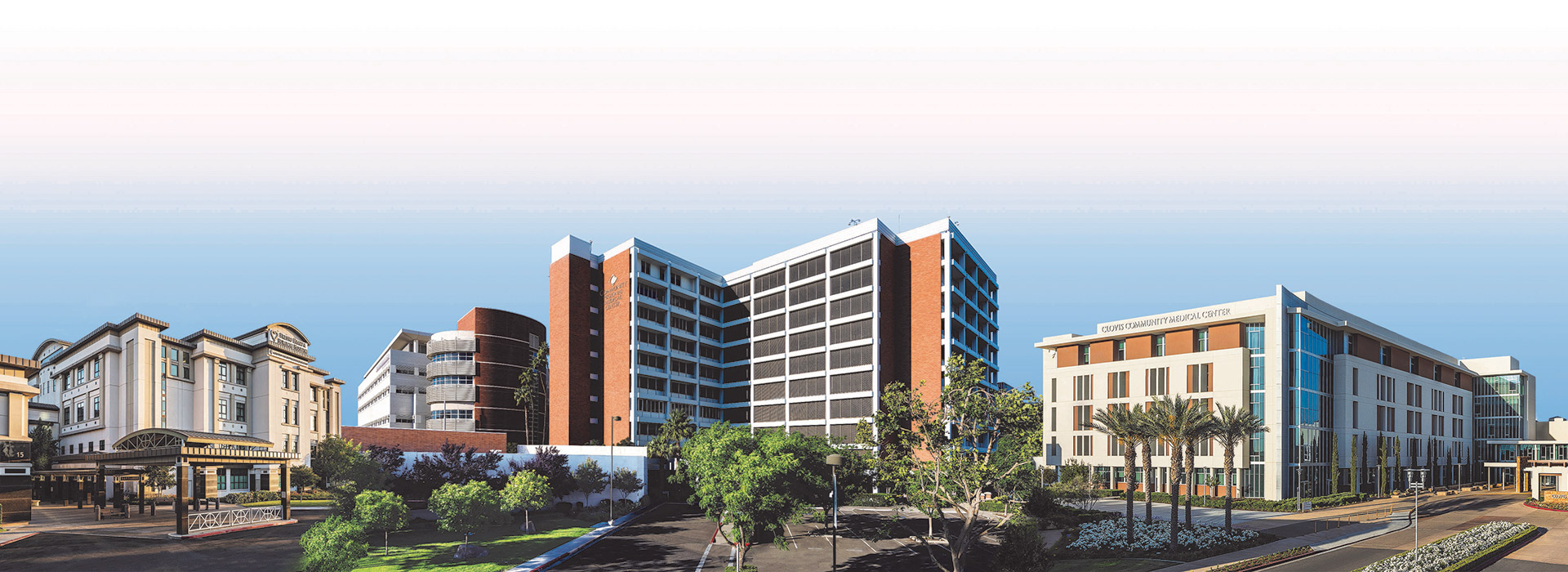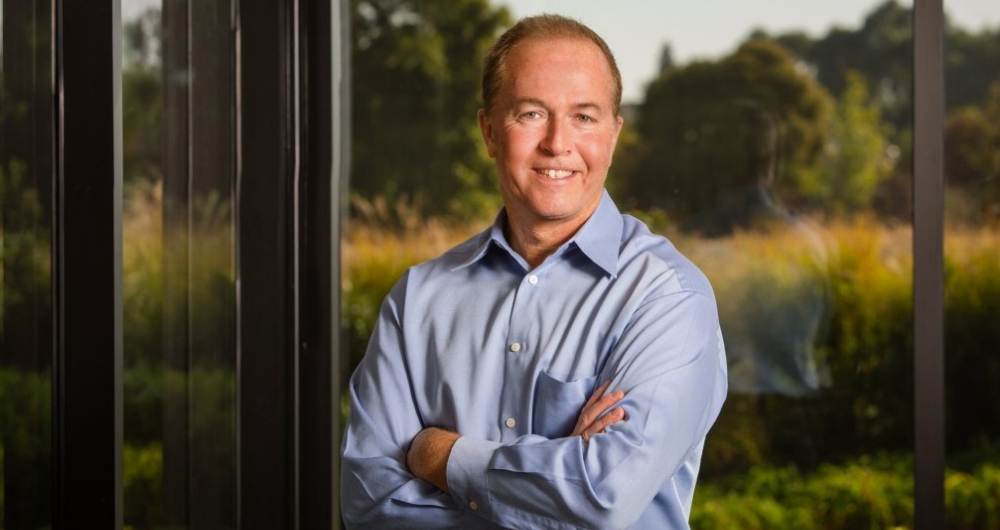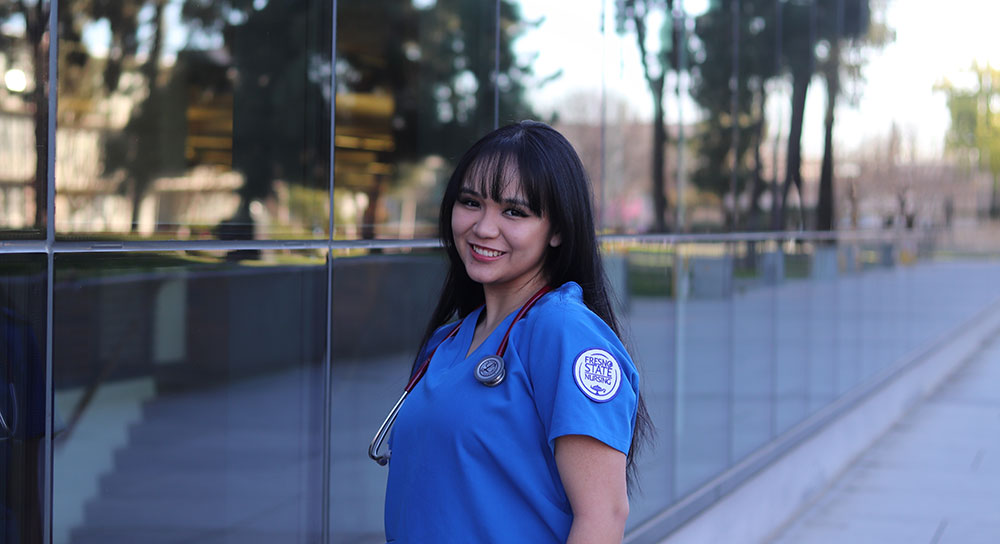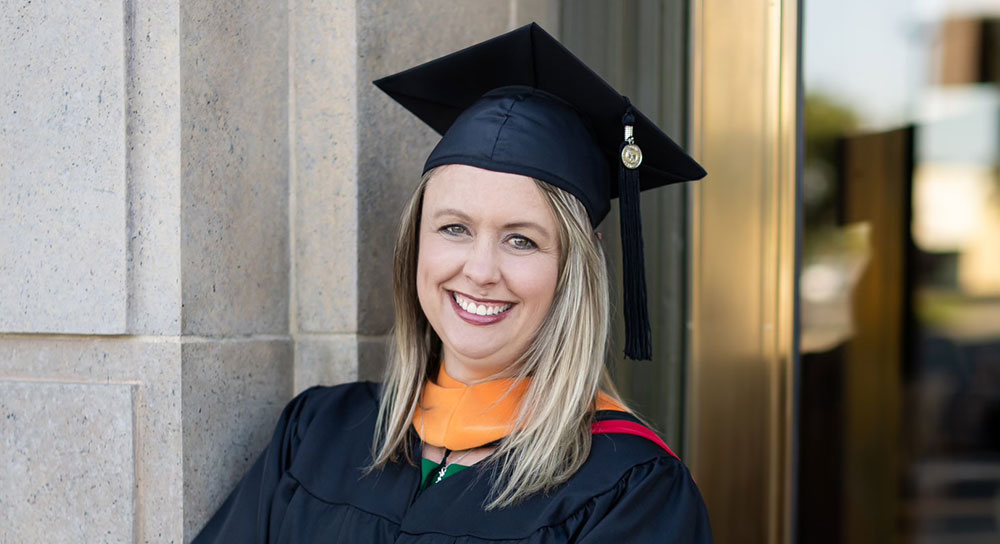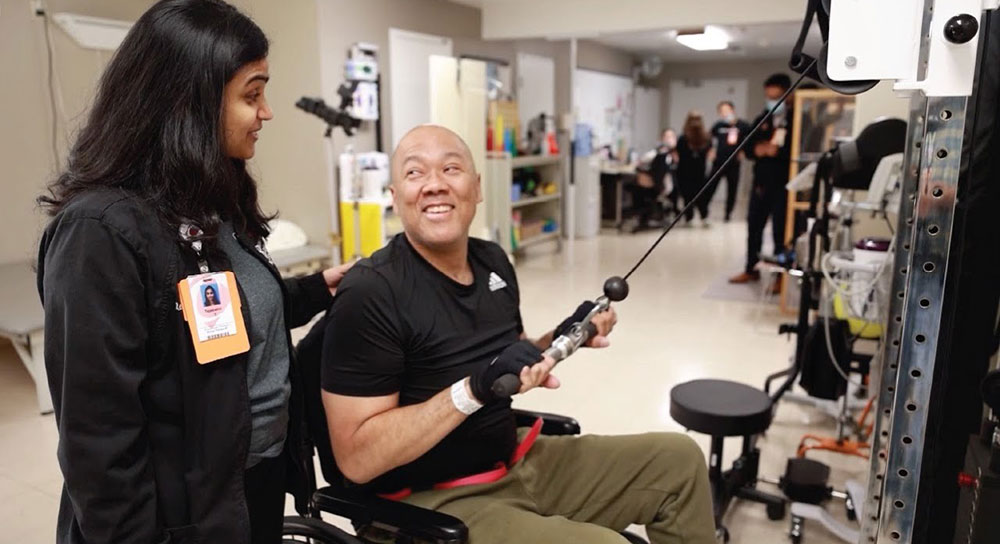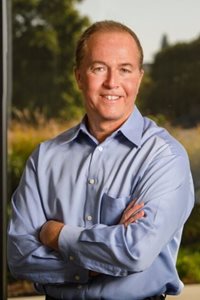 In a recent conversation, Tim Joslin, Community Medical Centers’ President and CEO, recapped his early days at Community, highlights from last fiscal year, and how we are—in the face of big challenges—delivering on our plans to expand access to healthcare, provide quality care, maintain a positive work environment and protect our financial future.
In a recent conversation, Tim Joslin, Community Medical Centers’ President and CEO, recapped his early days at Community, highlights from last fiscal year, and how we are—in the face of big challenges—delivering on our plans to expand access to healthcare, provide quality care, maintain a positive work environment and protect our financial future.Michelle: Tim, you’ve been Community’s CEO for nearly 15 years. What first attracted you to Community?
Tim: The mission. There is no other organization more vital to the Central Valley than Community Medical Centers. Providing the highest level of care, for the most people, regardless of their financial capacity—that’s a critical mission. It was also Community’s potential that appealed to me; all the right pieces were in place—great employees, physicians and a dedicated Board all committed to our patients—but Community wasn’t functioning the way it needed to. We were in an unhealthy state financially when I first came onboard and I believed I could make a difference.
Michelle: How did you begin to turn things around?
Tim: We first put a tremendous team in place and developed a shared vision for our health system. From day one, we relentlessly focused on our people—on being the place where healthcare professionals want to work; where physicians want to practice and feel like partners in our mission; and the place people trust to receive excellent care. Leading a hospital system is complicated, but our goals are simple, and it’s been a winning combination for us.
Michelle: With enormous uncertainty in the hospital industry, experts consider Community financially sound. Tell us about that.
Tim: Just as Joint Commission or CDPH (California Department of Public Health) surveys our facilities for quality, credit rating agencies analyze companies and organizations for financial stability. Moody’s and Standard & Poor’s rating agencies have a negative outlook on the healthcare industry as a whole, but earlier this year upgraded Community’s rating and financial outlook [respectively], which has happened consistently over the past decade. That’s a positive financial indicator for us.
Michelle: I understand that one of the credit rating reports complimented Community for managing expenses and operational improvement initiatives. What do you attribute that to?
Tim: We’re financially healthy today because we responsibly manage our resources. For example, we set our operating budget primarily based on reimbursement from Medi-Cal, Medicare and commercial insurance companies. Community also receives supplemental state and federal funding to help offset the cost of caring for the high number of uninsured or underinsured patients we treat. But supplemental funding resources don’t cover our costs and are at constant risk of decreasing or being cut altogether. So, we can’t operate as if this funding is always going to be there.
My philosophy has always been to do our best to operate on primary reimbursement sources so that we can invest in operational initiatives like improving the work environment for our employees, enhance our facilities, upgrade equipment, and continue to expand access to care for our patients without borrowing money and taking on additional debt.
Despite the tremendous challenges in the industry, experts see good things for Community. We have a seasoned management team with the expertise to plan for and lay the groundwork for Community five or 10 years down the road. We have an amazing team of employees committed to quality and doing what’s right for our patients. We have a large group of physicians aligned with us and a prospering health plan. We really do have all the components of a sustainable health system that will serve our region for generations to come.
Michelle: You recently recapped our 2019 fiscal year with our Board of Trustees. What were some of the highlights you shared?
Tim: We make sure our Board is frequently updated about how we’re doing to expand access to care for Central Valley residents, improve quality and patient safety, and be the region’s employer of choice. For example:
- Attracting and retaining top talent by offering competitive pay, excellent benefits, professional growth opportunities and a positive work environment is always our top priority. We grew our team by 100 employees—now 8,600 strong. We were able to increase pay, maintain first-rate benefits, and help over 400 employees advance their careers with tuition reimbursement and nursing scholarships.
- We’re responding to a steady rise in patient demand by expanding our services, rigorously monitoring patient flow, adding patient capacity where we can, and we are growing a number of key service lines.
- Our building projects also demonstrate our commitment to expanding access to care. The Community Behavioral Health Center opened 12 additional beds, our skilled nursing facility will break ground soon, and the Clovis Community expansion is progressing nicely.
- We also had a banner year on the quality front, exceeding our targets in seven of eight key quality care measures. That takes incredible focus, especially given last year’s seemingly never-ending flu season and string of regulatory surveys. We’re doing a great job operating more like a system and that’s certainly evident in our accomplishments in quality improvement. And, patients are noticing, too. Our inpatient satisfaction scores are higher than state and national averages.
Michelle: What would you say is Community Medical Centers’ greatest strength?
Tim: Hands down, it’s our employees. Community is a service organization and the only way we can deliver great care is with a great team in place—working alongside our talented physician partners to meet both our patients’ healthcare needs and their expectations for outstanding service. It’s a privilege to lead an organization that is so mission-driven, centered on doing what’s right for our patients, and continually reinvesting so that we can grow with and better care for the people we serve.
Michelle: And what is our greatest challenge?
Tim: Community serves as the region’s safety net provider, which means we provide the lion’s share of healthcare and other needed services to uninsured, Medi-Cal and other vulnerable patients. We’re proud of this distinction, but it’s challenging. More than a quarter of Fresno County residents live below the federal poverty level, compared to 15% statewide and we have considerably higher unemployment. Then there is the Valley’s chronic physician shortage—we have about 90 fewer physicians per 100,000 residents, than the state average. About 25% of our physicians are over 60, so we need to continually invest in medical education and growing the number of physicians for our Valley.
And, we’re under enormous pressure to deliver the highest-quality, yet affordable care—in spite of decreasing government reimbursement and rapid regulatory changes. Long-range planning is increasingly difficult. It’s like starting a game of chess when you think you know the rules, but the rules keep changing on you. Even with the best-laid plans, Community must remain nimble and adaptable in a constantly changing environment.
Michelle: What do you think Community Medical Centers will look like in 20 years?
Tim: If the past decade is any indication—and I think it is—Community is in for tremendous growth. Our footprint must expand with the growth of our region. I wouldn’t be surprised if our workforce is double what it is today. I think we will add at least one more hospital, likely multiple outpatient facilities, and clinical services that we can’t even imagine today with the way medical technology is advancing.
I believe Community will only strengthen its position as the region’s largest integrated healthcare system. We’ll continue to provide the highest level services of a large, academic, tertiary hospital like Community Regional, but I think we’ll also be a well-known destination for other top-notch services like cancer, neurosciences, cardiac and others—this is already true for our bariatric surgery program. Innovation will rapidly change the landscape of our healthcare delivery system—shifting more inpatient services to outpatient settings and empowering patients with more ways to access providers, as well as preventative health and wellness options.
While I won’t be President and CEO in 20 years, I’m constantly thinking about Community’s future and feel a tremendous responsibility for our long-term growth. In fact, we are working on a 10-year master plan that will outline future development for Community, as well as growing our physician partners and expanding our health plan. We are fortunate not to have a parent company from out of the area making decisions about what’s best for us in the Central Valley. Instead, we have an extremely talented Board of Trustees with deep Valley roots. They volunteer an incredible amount of time helping us ensure Community is healthy and well positioned to serve our region well into the future.
Michelle: Thanks, Tim—for your time and your leadership. Is there anything else you’d like our team to know?
Tim: I’m very encouraged by how we are operating better than ever as a coordinated system. We are seeing the benefits of working together to minimize duplication and standardize where we can. It’s not only important for efficiency, but our patients have a right to expect that we’re coordinating our resources in a way that maximizes value for their benefit. As one great team, we can serve Valley families in a way we can’t individually. I’m really proud of what we’ve accomplished. But what makes Community great is that we’re not satisfied with past accomplishments—so, what we have the ability to accomplish is incredibly exciting

